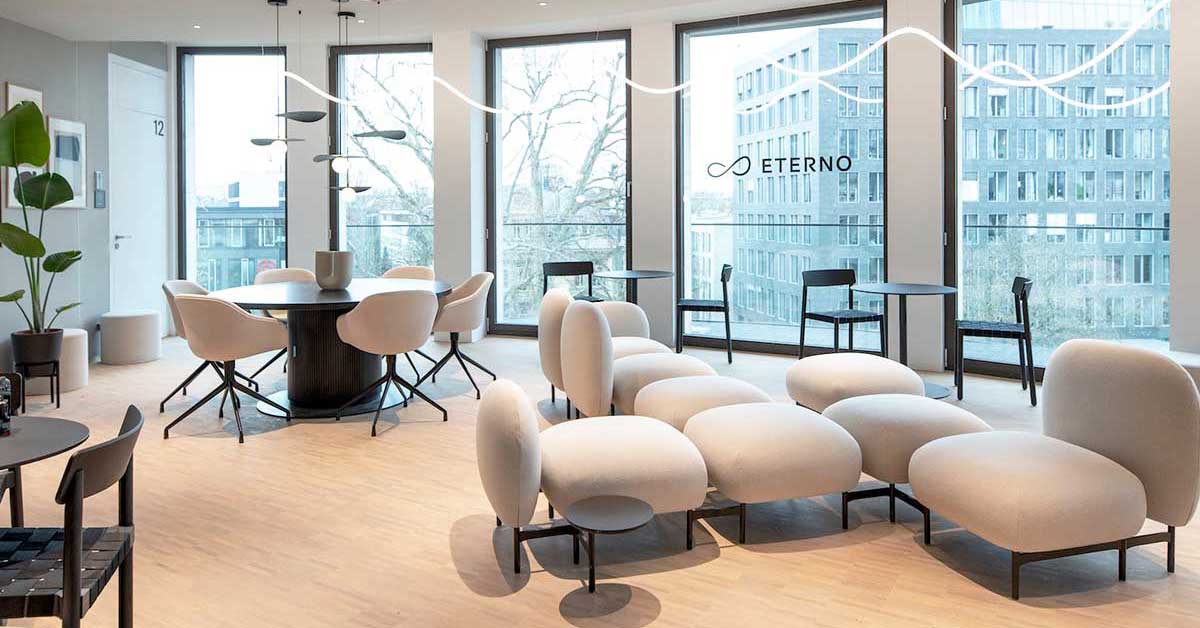A plea for a medicine of the future that provides proximity, conserves resources and increases quality.
The emotional starting point
Imagine: a surgical procedure – and just a few hours later you are back at home, in your familiar surroundings, in your own bed. No hospital lights at night, no strange room, no feeling of being at the mercy of others.
This vision is no longer a dream of the future – it is the driving force behind one of the most significant paradigm shifts of our time: the outpatientization of medicine.
The result is far more than just a change of location: it is a new understanding of patient care – human, precise, efficient.
Where will we be in 2025?
The conditions for a far-reaching structural change in the healthcare sector have been created. Four key developments mark a real turning point for the future of outpatient care:
1. hybrid DRG (extended from 2025)
What does that mean?
Uniform remuneration for services provided both on an inpatient and outpatient basis with up to one overnight stay.
Why is this important?
Economic equality at last – a real breakthrough for outpatient surgical centers.
2. 2024 AOP catalog (outpatient surgery)
What does that mean?
More than 3,000 procedures are now officially approved for outpatient use.
Why is this important?
More complex procedures such as hernias, arthroscopies, varicose veins (varices) and laparoscopic resections are also moving into focus – and therefore into the outpatient sector.
3. hospital reform & structural zones
What does this mean?
Outpatient and inpatient care are structurally merged – with clearly defined service groups and regional responsibilities.
Why is this important?
Primary care is gradually shifting to modern centers like our DAYKLINIK® – with better specialization and shorter distances for patients.
4. hospital-at-home models (inspired by the USA & Switzerland)
What does that mean?
Acute treatments – including monitoring – take place in the patient’s home environment.
Why is this important?
These models show how digital aftercare can become an integral part of therapy in the future – in Germany too.
Can “medium-sized” procedures also be performed on an outpatient basis?
The answer is yes – and they have to.
Not because it makes economic sense, but because it is medically feasible and humane.
Examples from practice and research:
Hernia operations:
– Specialized centers already discharge 70-80% of their patients on the same day.
– Complication rates and satisfaction correspond to inpatient standards.
Joint replacement (knee, hip):
– Studies from Denmark and Canada show that over 50% of patients can be safely discharged on the day of surgery – with clearly defined protocols.
– “Fast track” concepts reduce the readmission rate.
Thoracic surgery & visceral surgery:
– With uniportal VATS (video-assisted thoracoscopic surgery) or laparoscopic sigmoid resection, the procedure is minimally invasive and quick to recover from.
– Pilot projects show promising data for 24-hour treatment with telemonitoring.
The hurdle is not the complexity of the intervention, but the lack of clear processes, digital support and interdisciplinary collaboration.
The three keys to successful ambulantization
1. standardized processes & SOP discipline
– Checklists, structured OR preparation, pain algorithms
– Prehabilitation for optimization before the procedure
– Outcome monitoring from day 1
2. digital aftercare & monitoring
– Sensors for vital parameters (e.g. SpO₂, temperature, pulse)
– Video consultations for wound checks and queries
– AI-supported risk analysis
3. new remuneration and space concepts
– Hybrid DRG enables investments in high-end outpatient centers
– Efficiently scalable logistics, personnel and OR planning
– Example: centralized admission + decentralized intervention + homecare aftercare
What does this mean for VenaZiel® and the DAYKLINIK® Berlin?
At VenaZiel® and in our new DAYKLINIK® at Checkpoint Charlie, we are leading the way – not just in theory, but in practice:
– robot-assisted surgery (Da Vinci SP): less trauma, shorter operating times, significantly better recovery.
– Outpatient surgery for hernias and venous diseases: Certified SOPs and seamless process management.
– Modern Class 1 operating theaters with air purification and real-time monitoring.
– Networking with homecare services for the first night: security through 24/7 hotline and care visit if required.
– Digital structure with real-time dashboards for outcome measurement.
This infrastructure is the first building block. It is continuously being developed further – including for new fields of application such as lipedema surgery, aesthetic reconstruction, precision medicine and, in future, OIPO®-based procedures.
Medicine of the future: outpatient, safe, humane
We are at the beginning of a movement that will revolutionize our medical routines – not disruptively, but thoughtfully.
The medicine of the future is not inpatient or outpatient.
It is where patients recover fastest – and that can be at home.
Let us have the courage to question traditional boundaries – in the interests of quality, humanity and sustainability. VenaZiel®, DAYKLINIK® and OIPO® are pursuing this path with full conviction.



